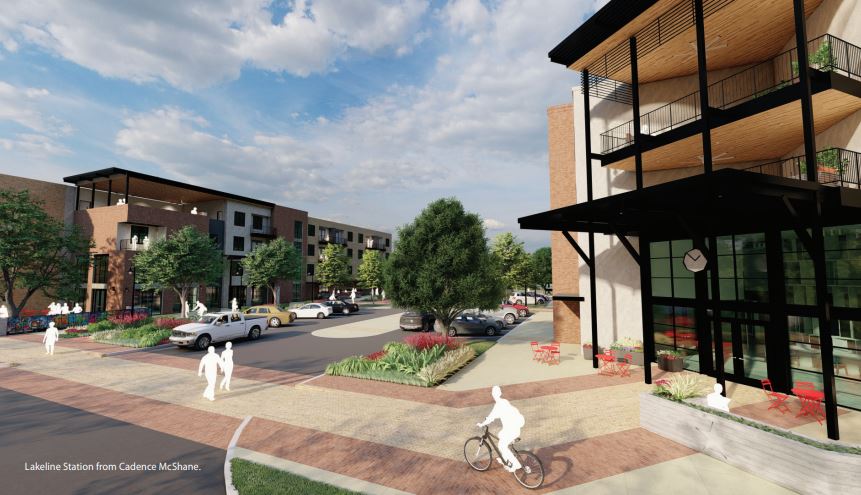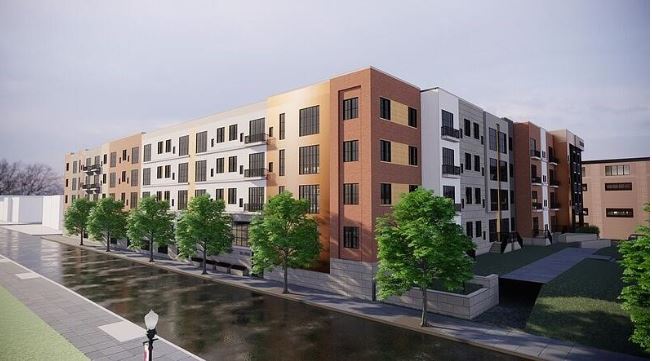The line started building at 6 p.m., about 12 hours before the doors of H-E-B’s first Metroplex store were slated to open. Jennifer Burnison knew she was going to have to stake out a spot early.
“As soon as they announced the release date, I was talking with my daughter and we said, ‘Alright, we’re going to be there,'” she shared. “We were trying to figure out how early was too early. Black Friday we’re used to 4 a.m., but we kind of had a feeling we had to get here even earlier for this.”
Burnison was right. By the time 5 a.m. rolled around, the line of eager customers was up to about 1,500 deep, a testament to the excitement surrounding the opening of the 118,000-square-foot Frisco store.
“I was in line with a lady who drove an hour just to get here from Sherman,” said shopper Kaleesa Johnson. Burnison got to be the first person through the doors, greeted with a gift basket, confetti and a marching band. The customers who followed behind her also got free samples and giveaways.
“We are so happy H-E-B is finally here,” said Millie Stussy. “There are so many things on my shopping list!”
The San Antonio-based company operates a handful of its Central Market stores in North Texas, but Frisco is its first H-E-B location.
“Opening our flagship H-E-B format in the DFW area has been an aspirational goal of ours for many years, and the company has a long-term commitment to serve a broad range of customers and communities across North Texas,” Stephen Butt, H-E-B board member, said in a statement. Click to read more at www.rednews.com.






